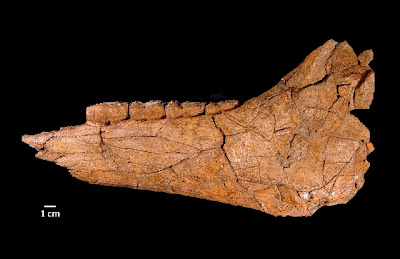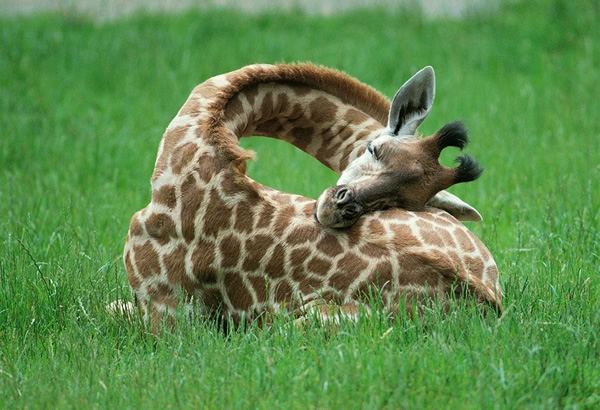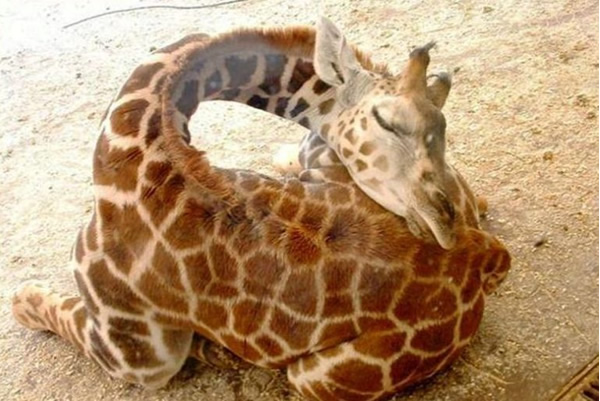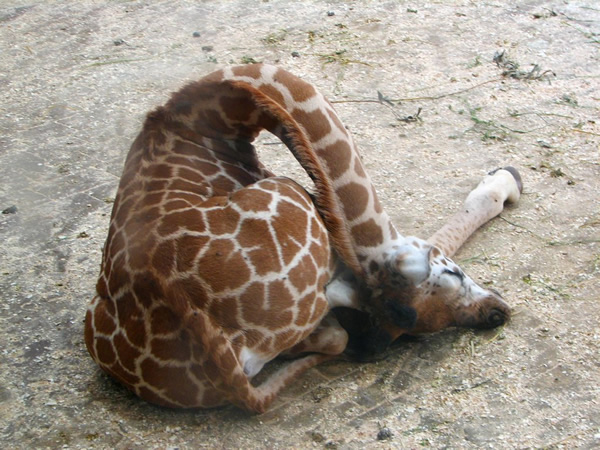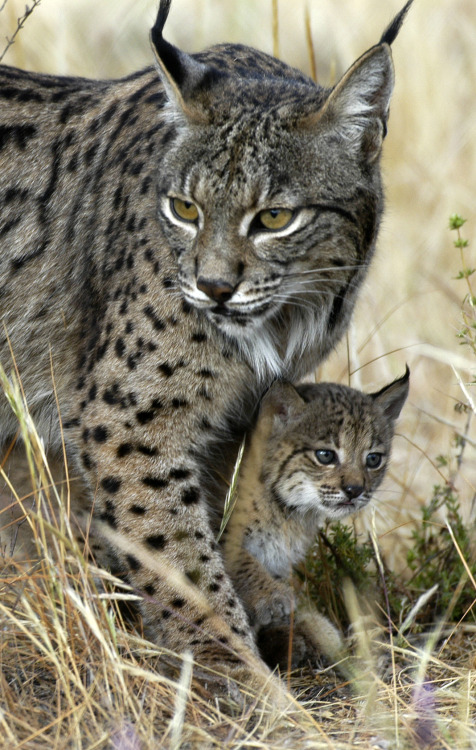A few months ago, physicist Harold White stunned the aeronautics world
when he announced that he and his team at NASA had begun work on the
development of a faster-than-light warp drive. His proposed design, an
ingenious re-imagining of an Alcubierre Drive, may eventually result in
an engine that can transport a spacecraft to the nearest star in a
matter of weeks — and all without violating Einstein's law of
relativity. We contacted White at NASA and asked him to explain how this
real life warp drive could actually work.
The above image of a Vulcan command ship features a warp engine similar to an Alcubierre Drive. Image courtesy CBS.
The Alcubierre Drive
The idea
came to White while he was considering a rather remarkable equation
formulated by physicist Miguel Alcubierre. In his 1994 paper titled, "
The Warp Drive: Hyper-Fast Travel Within General Relativity," Alcubierre suggested a mechanism by which space-time could be "warped" both in front of and behind a spacecraft.
Michio Kaku dubbed Alcubierre's notion a "passport to the universe." It
takes advantage of a quirk in the cosmological code that allows for the
expansion and contraction of space-time, and could allow for hyper-fast
travel between interstellar destinations. Essentially, the empty space
behind a starship would be made to expand rapidly, pushing the craft in a
forward direction — passengers would perceive it as movement despite
the complete lack of acceleration.
White
speculates that such a drive could result in "speeds" that could take a
spacecraft to Alpha Centauri in a mere two weeks — even though the
system is 4.3 light-years away.
In terms of the engine's mechanics, a spheroid object would be placed
between two regions of space-time (one expanding and one contracting). A
"warp bubble" would then be generated that moves space-time around
the object, effectively repositioning it — the end result being
faster-than-light travel without the spheroid (or spacecraft) having to
move with respect to its local frame of reference.
"Remember,
nothing locally exceeds the speed of light, but space can expand and
contract at any speed," White told io9. "However, space-time is really
stiff, so to create the expansion and contraction effect in a useful
manner in order for us to reach interstellar destinations in reasonable
time periods would require a lot of energy."
And indeed,
early assessments published in the ensuing scientific literature
suggested horrific amounts of energy — basically equal to the
mass-energy of the planet Jupiter (what is 1.9 × 1027
kilograms or 317 Earth masses). As a result, the idea was brushed aside
as being far too impractical. Even though nature allowed for a warp
drive, it looked like we would never be able to build one ourselves.
"However,"
said White, "based on the analysis I did the last 18 months, there may
be hope." The key, says White, may be in altering the geometry of the
warp drive itself.
A new design
In October of last year, White was preparing for a talk he was to give for the kickoff to the
100 Year Starship project
in Orlando, Florida. As he was pulling together his overview on space
warp, he performed a sensitivity analysis for the field equations, more
out of curiosity than anything else.
"My early results suggested I had discovered something that was in the
math all along," he recalled. "I suddenly realized that if you made the
thickness of the negative vacuum energy ring larger — like shifting from
a belt shape to a donut shape — and oscillate the warp bubble, you can
greatly reduce the energy required — perhaps making the idea plausible."
White had adjusted the shape of Alcubierre's ring which surrounded the
spheroid from something that was a flat halo to something that was
thicker and curvier.
He presented the
results of his Alcubierre Drive rethink
a year later at the 100 Year Starship conference in Atlanta where he
highlighted his new optimization approaches — a new design that could
significantly reduce the amount of exotic matter required. And in fact,
White says that the warp drive could be powered by a mass that's even
less than that of the Voyager 1 spacecraft.
That's a
significant change in calculations to say the least. The reduction in
mass from a Jupiter-sized planet to an object that weighs a mere 1,600
pounds has completely reset White's sense of plausibility — and NASA's.
Hitting the lab
Theoretical
plausibility is all fine and well, of course. What White needs now is a
real-world proof-of-concept. So he's hit the lab and begun work on
actual experiments.
"We're
utilizing a modified Michelson-Morley interferometer — that allows us to
measure microscopic perturbations in space time," he said. "In our
case, we're attempting to make one of the legs of the interferometer
appear to be a different length when we energize our test devices."
White and his colleagues are trying to simulate the tweaked Alcubierre
drive in miniature by using lasers to perturb space-time by one part in
10 million.
Of course,
the interferometer isn't something that NASA would bolt onto a
spaceship. Rather, it's part of a larger scientific pursuit.
"Our
initial test device is implementing a ring of large potential energy —
what we observe as blue shifted relative to the lab frame — by utilizing
a ring of ceramic capacitors that are charged to tens of thousands of
volts," he told us. "We will increase the fidelity of our test devices
and continue to enhance the sensitivity of the warp field interferometer
— eventually using devices to directly generate negative vacuum
energy."
He points out that Casimir cavities, physical forces that arise from a quantized field, may represent a viable approach.
And it's through these experiments, hopes White, that NASA can go from the theoretical to the practical.
Waiting for that "Chicago Pile" moment
Given just
how fantastic this all appears, we asked White if he truly thinks a
warp-generating spacecraft might someday be constructed.
"Mathematically,
the field equations predict that this is possible, but it remains to be
seen if we could ever reduce this to practice."
What White is waiting for is existence of proof — what he's calling a
"Chicago Pile" moment — a reference to a great practical example.
"In late
1942, humanity activated the first nuclear reactor in Chicago generating
a whopping half Watt — not enough to power a light bulb," he said.
"However, just under one year later, we activated a ~4MW reactor which
is enough to power a small town. Existence proof is important."
His
cautious approach notwithstanding, White did admit that a real-world
warp drive could create some fascinating possibilities for space travel —
and would certainly reset our sense of the vastness of the cosmos.
"This
loophole in general relativity would allow us to go places really fast
as measured by both Earth observers, and observers on the ship — trips
measured in weeks or months as opposed to decades and centuries," he
said.
But for
now, pursuit of this idea is very much in science mode. "I'm not ready
to discuss much beyond the math and very controlled modest approaches in
the lab," he said.
Which makes
complete sense to us, as well. But thanks to these preliminary efforts,
White has already done much to instill a renewed sense of hope and
excitement over the possibilities. Faster-than-light travel may await us
yet.




























